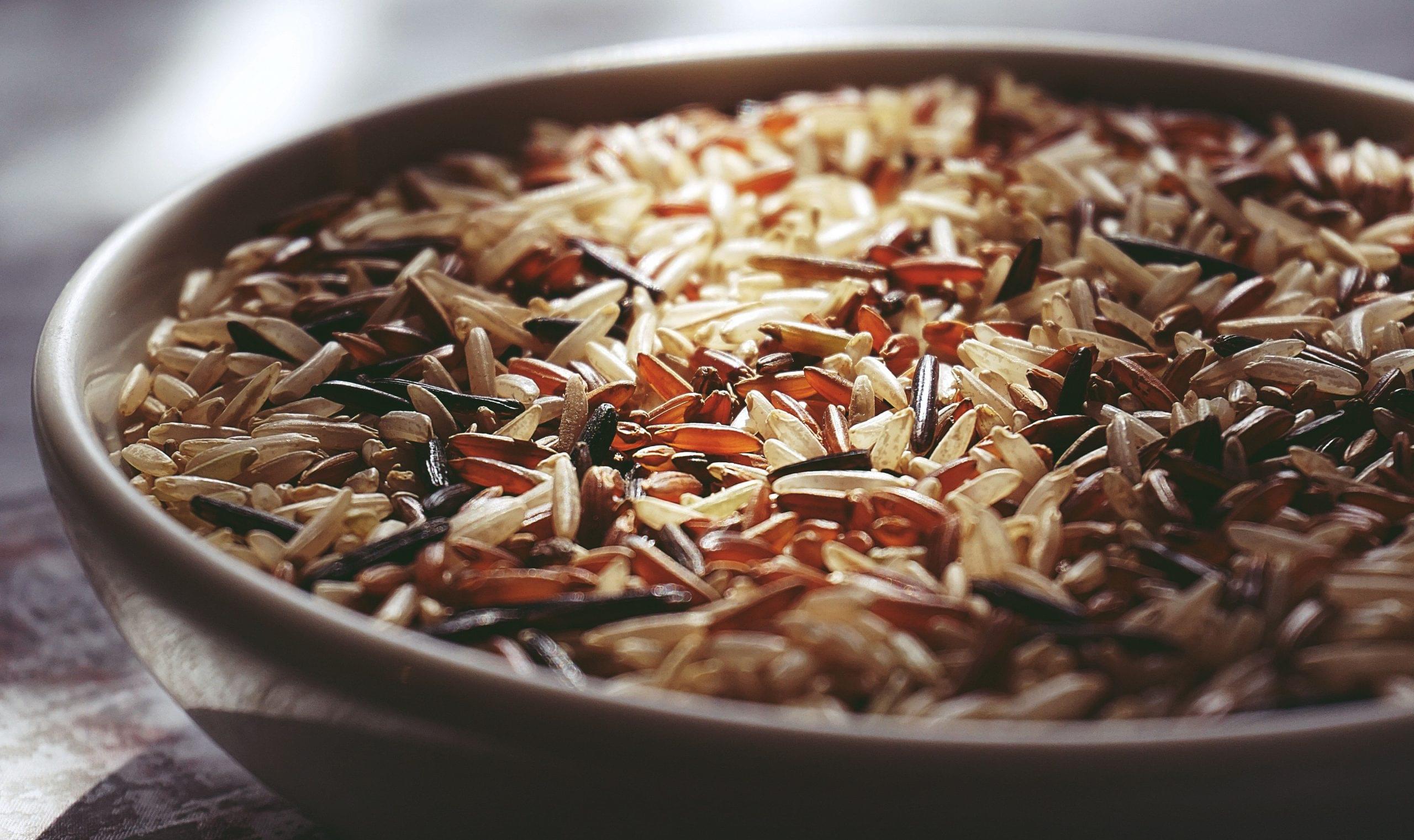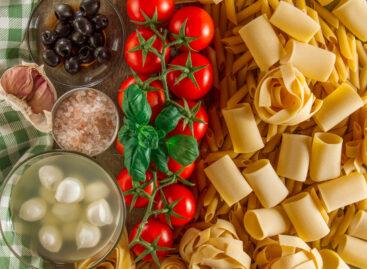Food inflation: Rice under pressure, prices expected to boil over
Severe disruptions in global rice suppliers combined with a soaring demand for the grain could break the fragile balance between supply and demand, leading to price increases and, once again, supercharging global food inflation.

India is the largest rice exporter
India has moved to curb its broken variety of rice exports, together with a 20% levy on other rice types, which has pushed off-balance domestic and international suppliers of the commodity. According to the All India Rice Exporters Association, some local traders are refusing to pay the export tax, leaving hundreds of thousands of tons of rice trapped in India’s ports. With less rice leaving India, Asian and African countries are facing severe rice shortages. Rice is a crucial element of the diet in these countries.
India is the largest rice exporter, with a 40% share of the global trade of the commodity, with 60% of its exports going to Asia and Africa.
Indian rice is heavily subsidized by the nation’s government, however with the new 20% levy, rivaling nations are now prepared to compete in prices. Vietnam and Thailand, the second and third biggest exporters, will see increased demand, but if the demand shifts too fast and is overblown, rice prices will soar in the two countries. According to the Thai Rice Exports Association, it will cause rice prices to rally. Nevertheless, the body doesn’t think that Thailand will apply restrictions on exports.
Severe drought in Europe has also affected Italy’s paddy fields (which produce 1.5 million tons of rice); with no water for irrigation, the Po river’s 4,000 rice farms will have severely diminished outputs. Northern Italy has not had substantial rains since November 2021. Italy supplies half of the EU rice, mostly coming from Northern Italy. Its main importers are Mediterranean countries and Eastern Europe.
In a cataclysmic monsoon, the Sindh province of Pakistan – producer of a third of the country’s food – has received six times its 30-year average rainfall during this monsoon season, ravaging over half of the province’s crops, according to FAO. Pakistan is the fourth largest rice exporter in the world, producing seven million metric tons of rice and exporting four million. However, if floods don’t recede, the October-December winter crop might be lost.
Related news
Despite the drought, there will be no shortage of high-quality Hungarian fish
🎧 Hallgasd a cikket: Lejátszás Szünet Folytatás Leállítás Nyelv: Auto…
Read more >Farmers can count on the government in the fight against drought
🎧 Hallgasd a cikket: Lejátszás Szünet Folytatás Leállítás Nyelv: Auto…
Read more >Italy’s Culinary Heritage Awaits UNESCO Nod
🎧 Hallgasd a cikket: Lejátszás Szünet Folytatás Leállítás Nyelv: Auto…
Read more >Related news
CDs and DVDs are experiencing a renaissance at Vatera, but second-hand LEGO is the real star of this Christmas
🎧 Hallgasd a cikket: Lejátszás Szünet Folytatás Leállítás Nyelv: Auto…
Read more >Christmas tree shopping is also going digital: demand for online ordering is growing rapidly
🎧 Hallgasd a cikket: Lejátszás Szünet Folytatás Leállítás Nyelv: Auto…
Read more >NGM and VOSZ cooperation agreement for the security of digital commerce
🎧 Hallgasd a cikket: Lejátszás Szünet Folytatás Leállítás Nyelv: Auto…
Read more >






